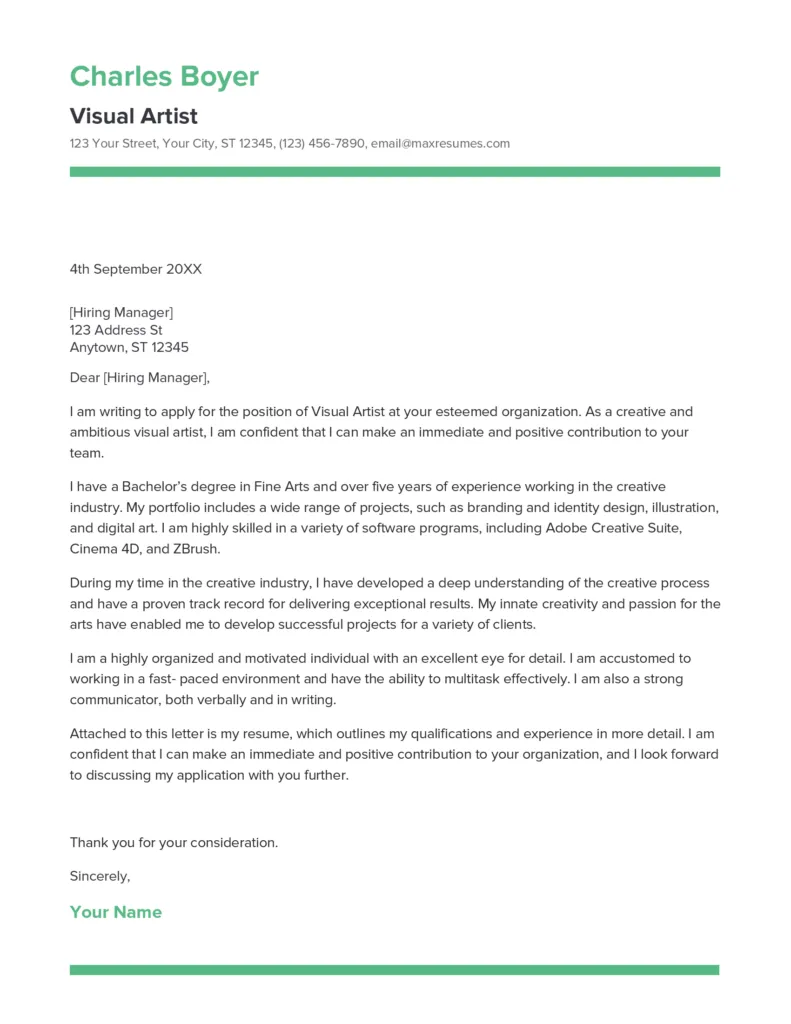Understanding the Visual Artist Cover Letter
A visual artist cover letter is a crucial document that accompanies your resume when applying for art-related positions, exhibitions, grants, or other opportunities. It serves as your introduction to the recipient, providing a glimpse into your artistic vision, skills, and experience. Unlike a resume, which provides a chronological overview of your work history, the cover letter allows you to personalize your application and demonstrate your unique qualifications and passion for the role or opportunity. It’s your chance to connect with the recipient on a more personal level and showcase why you are the ideal candidate. A well-crafted cover letter can significantly increase your chances of getting noticed and making a positive impression. Remember, your cover letter is a reflection of your artistic sensibility; approach it with creativity and precision.
Key Components of a Cover Letter
A compelling cover letter should include several key components to effectively communicate your qualifications and interest. These elements, when combined thoughtfully, create a persuasive narrative that captures the reader’s attention and encourages them to consider your application further. Each component serves a specific purpose in conveying your message and highlighting your suitability for the opportunity. Ensure that each part of your letter is carefully constructed to provide a cohesive and impactful representation of your abilities and enthusiasm.
Contact Information
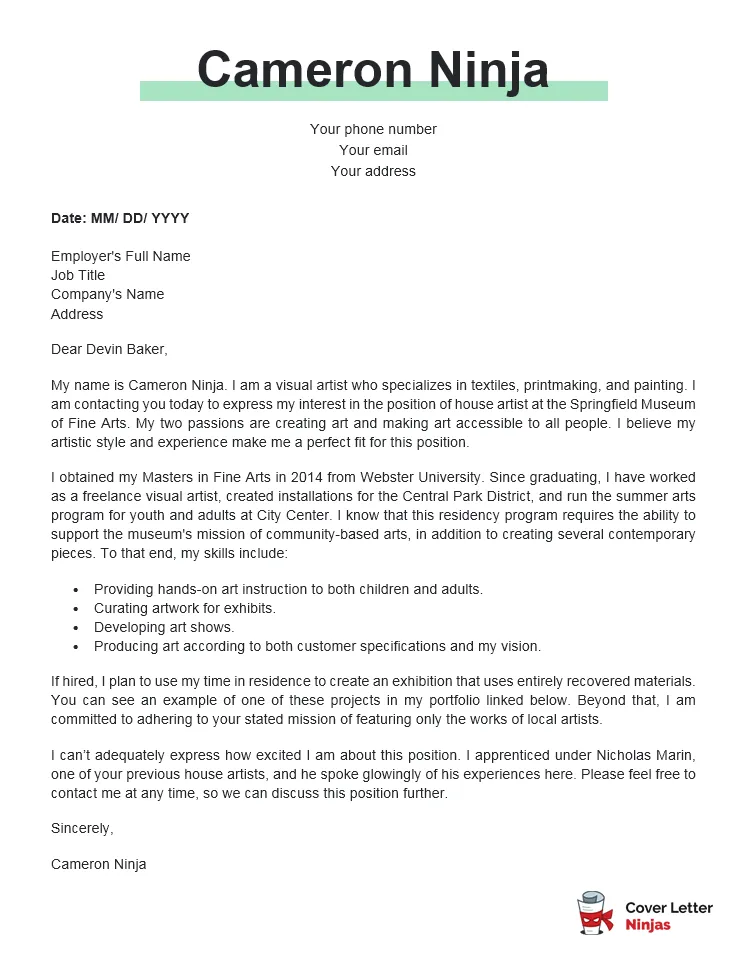
At the top of your cover letter, include your full name, address, phone number, and email address. This information ensures that the recipient can easily contact you. Make sure your email address sounds professional. The formatting should be clear and easy to read. This section sets the stage for your professional communication and allows the recipient to promptly respond to your application. Ensuring accuracy here is crucial, as it directly impacts the potential for contact and future opportunities.
The Salutation
Address the recipient by name, if possible. Researching the name of the hiring manager or the person in charge of reviewing applications demonstrates your interest and attention to detail. Use a professional greeting, such as “Dear Mr./Ms./Mx. [Last Name].” If you cannot find a specific name, a general greeting like “Dear Hiring Manager” or “Dear [Department Name] Team” is acceptable. Avoid generic salutations such as “To Whom It May Concern,” as these can suggest a lack of effort and personalization.
Crafting the Opening Paragraph
The opening paragraph is your first opportunity to grab the reader’s attention. State the specific position or opportunity you are applying for and how you learned about it. Briefly mention your most relevant qualifications and express your enthusiasm for the role or opportunity. Make sure your opening paragraph is concise, engaging, and clearly states your purpose for writing. It should compel the reader to continue reading and learn more about your skills and experience. This initial statement sets the tone for the entire letter and is vital for making a positive first impression.
Highlighting Your Skills and Experience
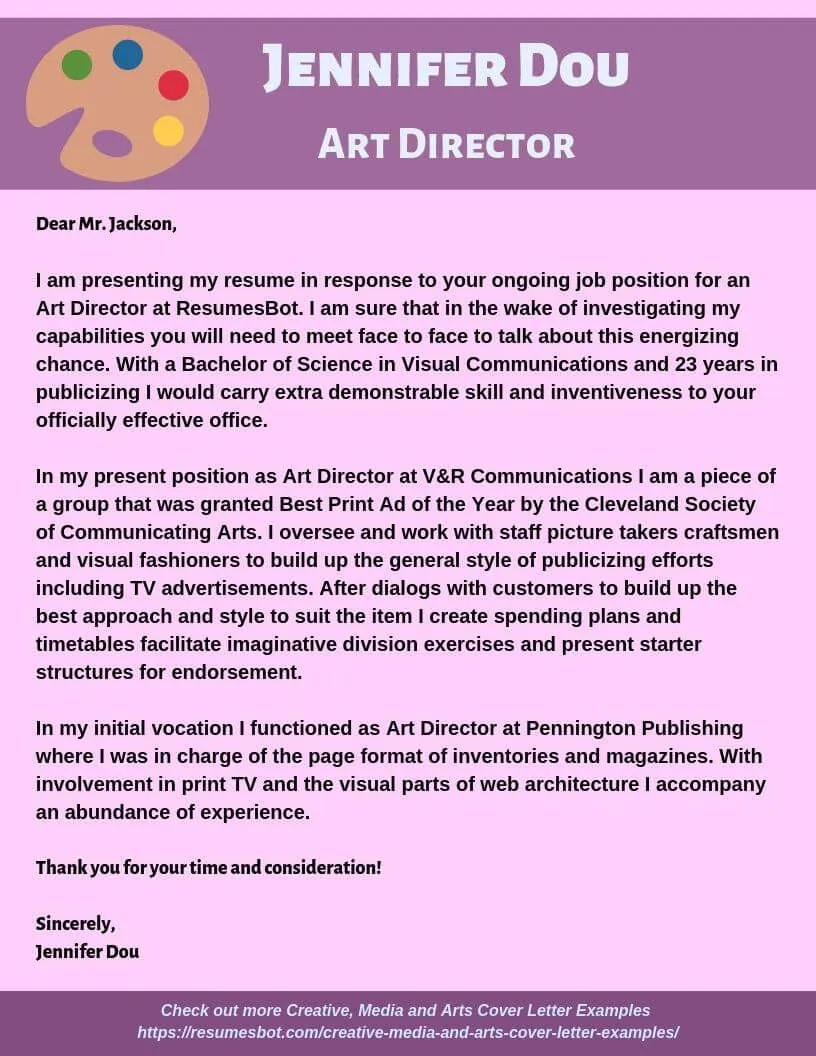
In the body of your cover letter, highlight your key skills and experiences that align with the requirements of the position or opportunity. Provide specific examples of your artistic achievements, such as completed projects, exhibitions, awards, and relevant skills. Tailor this section to the specific requirements outlined in the job description or opportunity guidelines. Emphasize your most relevant qualifications and demonstrate how your skills and experiences make you an ideal candidate. When describing your projects or exhibitions, be specific and include relevant details to showcase your abilities effectively.
Showcasing Artistic Achievements
Go beyond listing your accomplishments; quantify your achievements whenever possible. For example, instead of saying “Exhibited artwork in a gallery,” specify “Exhibited artwork in a group exhibition at the [Gallery Name], attracting over [number] visitors.” Include details about the impact of your work, such as sales, critical acclaim, or positive feedback. This concrete evidence helps demonstrate the value you bring. Showcasing your achievements with specifics makes your cover letter more compelling and helps the reader understand the value of your work.
Tailoring Your Cover Letter
Customize each cover letter to match the specific requirements and expectations of each opportunity. Use the job description, grant guidelines, or exhibition call for entries as your guide. Demonstrate that you understand the needs and goals of the organization. Mentioning specific details from the opportunity can show your interest and attention to detail. Avoid using a generic cover letter; personalized cover letters stand out to the reader. Tailoring your letter shows that you’ve taken the time to understand the opportunity and believe you are a good fit.
Researching the Recipient
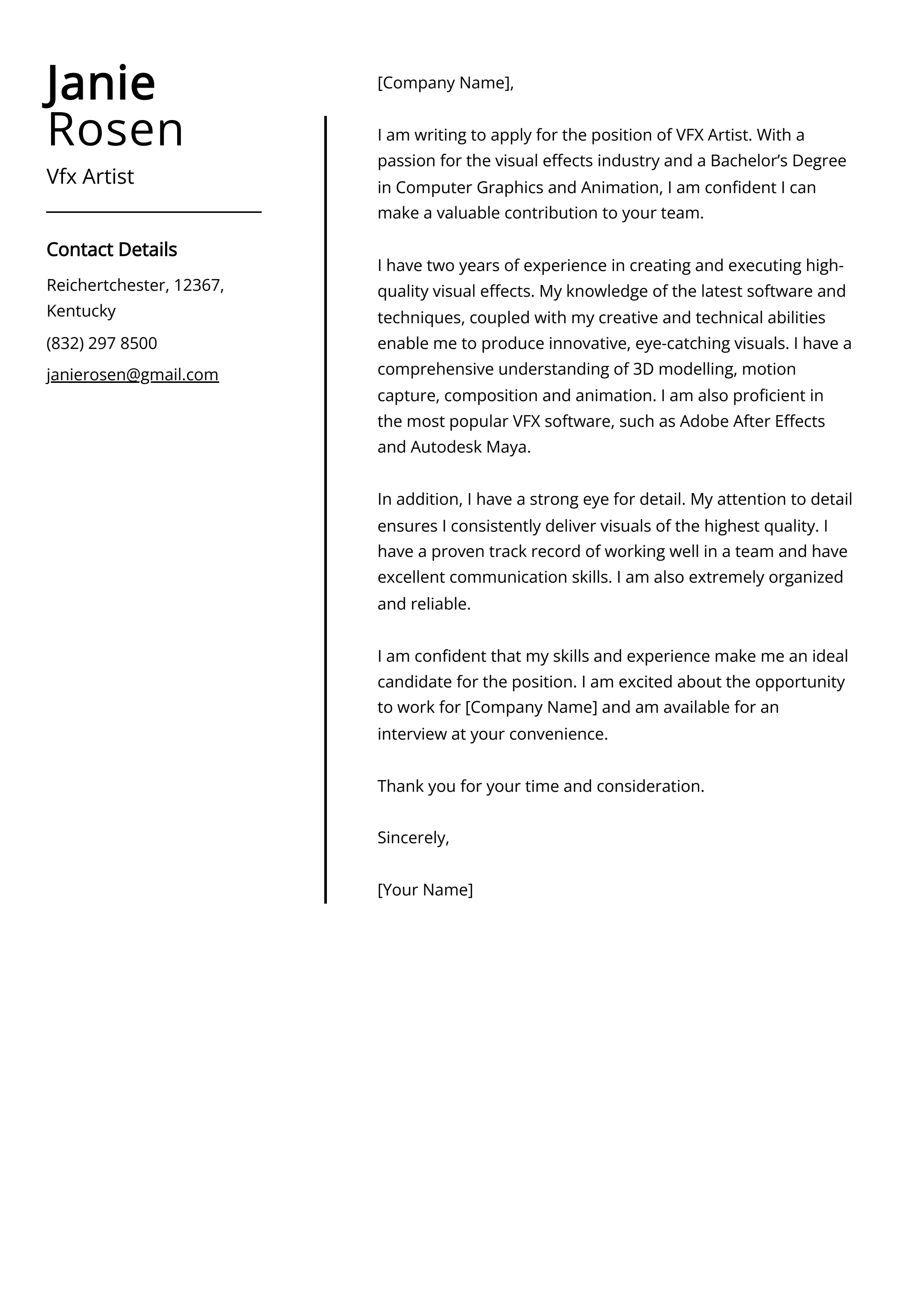
Before writing your cover letter, research the organization or individual you are addressing. Understanding their mission, values, and recent projects will help you tailor your letter and demonstrate your genuine interest. Visit the organization’s website, review their social media profiles, and, if possible, read any press releases or articles about them. This research helps you incorporate relevant information into your letter, showing that you are well-informed and enthusiastic about the opportunity. Your research will inform your approach and allow you to connect more effectively with the recipient.
Matching Skills to Requirements
Carefully review the job description or opportunity guidelines and identify the key skills and qualifications they are seeking. In your cover letter, explicitly mention these skills and provide evidence of how you have demonstrated them in your previous work. Use keywords from the job description to demonstrate your alignment with the requirements. By specifically addressing the required skills, you make it easy for the recipient to see that you are a good fit. Make sure the skills align with your experience. Ensure your cover letter shows how your skills and experiences make you a good match for the opportunity.
Quantifying Accomplishments
Whenever possible, quantify your accomplishments to provide concrete evidence of your skills and impact. Instead of saying “Increased gallery sales,” state “Increased gallery sales by 15% in one year.” Use numbers, percentages, and specific data to demonstrate the tangible results of your work. Quantifying your achievements helps the reader understand the value you brought to previous projects. Specific examples, such as the number of artworks sold, the number of visitors to your exhibitions, or any awards won, create a stronger impression. These measurable achievements make your cover letter more compelling and informative.
Demonstrating Passion and Enthusiasm
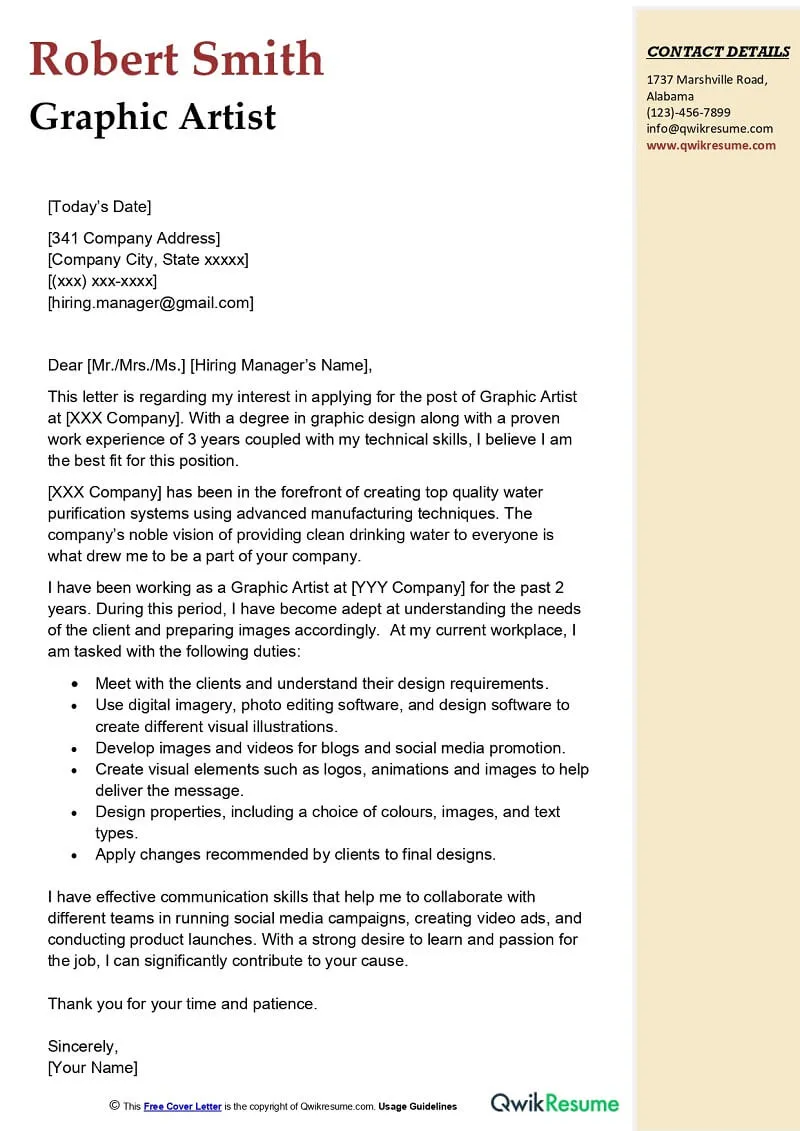
Express your passion for art and your enthusiasm for the specific opportunity. Show your genuine interest in the organization or role. Share your artistic vision or goals and explain how this opportunity aligns with your career aspirations. Let your personality shine through, but maintain professionalism. Enthusiasm will leave a positive impression on the reader and makes you more memorable. Expressing your passion for art and excitement for the role or opportunity helps show why you are a strong candidate.
Crafting a Strong Closing
Your closing paragraph should summarize your key qualifications and reiterate your interest in the position or opportunity. Restate your enthusiasm and thank the reader for their time and consideration. Avoid ending on a passive note. Your closing paragraph should leave a lasting positive impression. It should express your confidence in your ability to excel in the role. Ensure that your closing is professional and expresses both appreciation and a call to action.
Expressing Gratitude
Thank the reader for their time and consideration. Expressing gratitude demonstrates your professionalism and respect. Show that you appreciate the opportunity. Include a sincere expression of thanks in your closing. Thanking the recipient shows your appreciation and creates a positive ending to your letter. It shows you value the opportunity and the time they have taken to review your application.
Call to Action
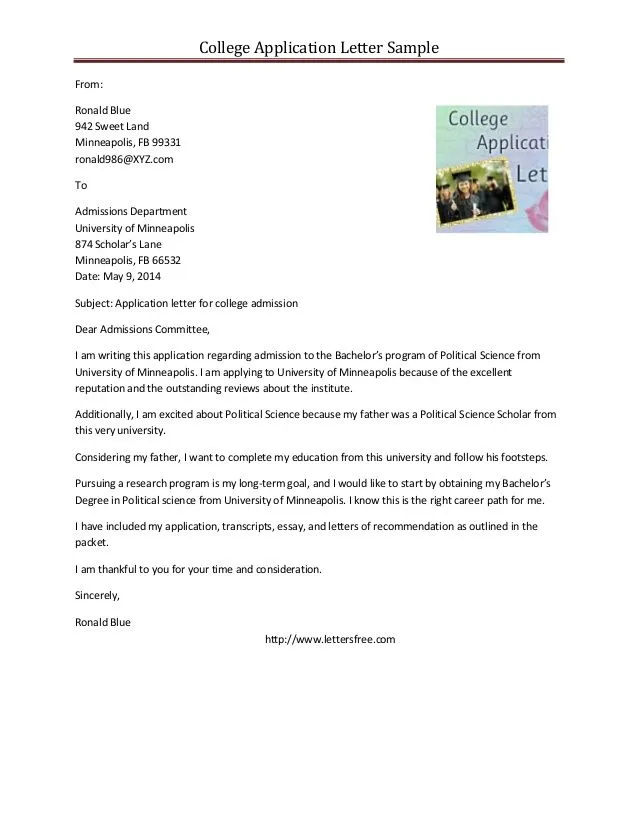
Include a clear call to action, such as inviting the reader to review your portfolio or resume, or expressing your availability for an interview. Provide your contact information once again and state your eagerness to discuss your application further. The call to action encourages the reader to take the next step and shows your initiative. Ensure the call to action aligns with the opportunity. For example, specify that you are available for an interview. This encourages the reader to take the next steps in the selection process.
Proofreading and Formatting
Proofread your cover letter carefully for any typos, grammatical errors, or formatting inconsistencies. A polished and error-free cover letter reflects professionalism and attention to detail. Proofread the letter multiple times. Ask a friend, mentor, or career advisor to review it as well. Mistakes can detract from your qualifications, so thorough proofreading is crucial. A clean, well-formatted cover letter will make a positive impression. Proofreading shows you are serious about the opportunity.
Reviewing the Final Draft
Before submitting your cover letter, review the final draft to ensure it meets the requirements of the position or opportunity. Confirm that you have included all the necessary information and that your skills and experiences are presented clearly and effectively. Ask yourself if your cover letter tells a compelling story about your qualifications and why you are a good fit. Reviewing your cover letter one last time can help catch any remaining errors or omissions. Ensure you present your best self.
Formatting for Readability
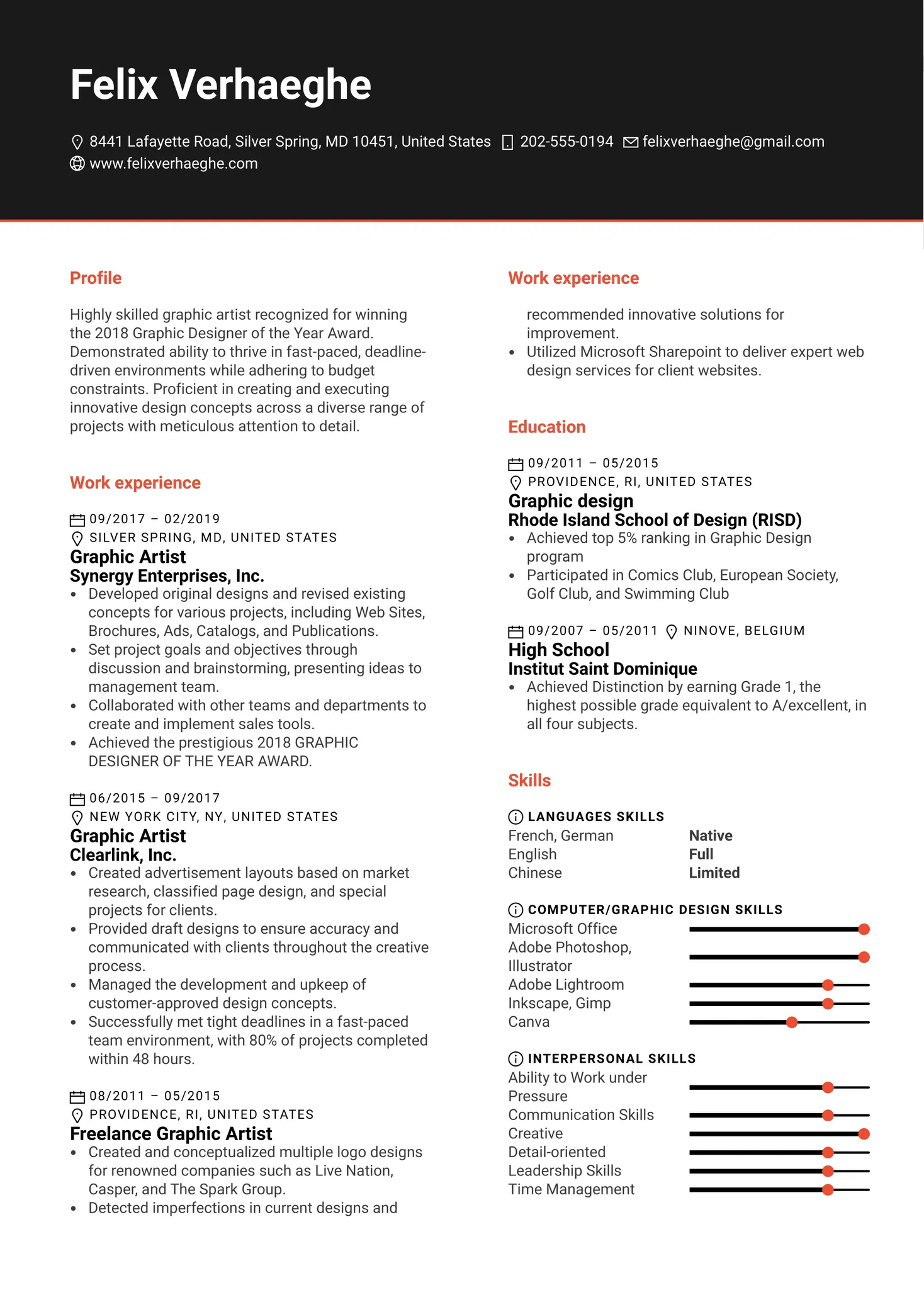
Use a professional and easy-to-read font, such as Arial, Calibri, or Times New Roman. Maintain consistent formatting throughout the document, including font size, line spacing, and margins. Break up long paragraphs into shorter ones for better readability. Use bullet points to highlight key skills or achievements. A well-formatted cover letter is easier to read and understand. Readable formatting shows that you pay attention to detail. Making it easy to read increases the chance of your letter being read in full.
Cover Letter Samples: Example 1
A cover letter for a visual artist typically showcases artistic abilities, experience, and a passion for creating art. It emphasizes the artist’s ability to express themselves through visual art. Cover letters should always be tailored to each opportunity.
Cover Letter Samples: Example 2
Cover letters serve the purpose of introducing an artist’s work and passion to prospective employers or galleries. They need to highlight relevant experience and skills. Your cover letter is a way to showcase your art and skills.
Cover Letter Samples: Example 3
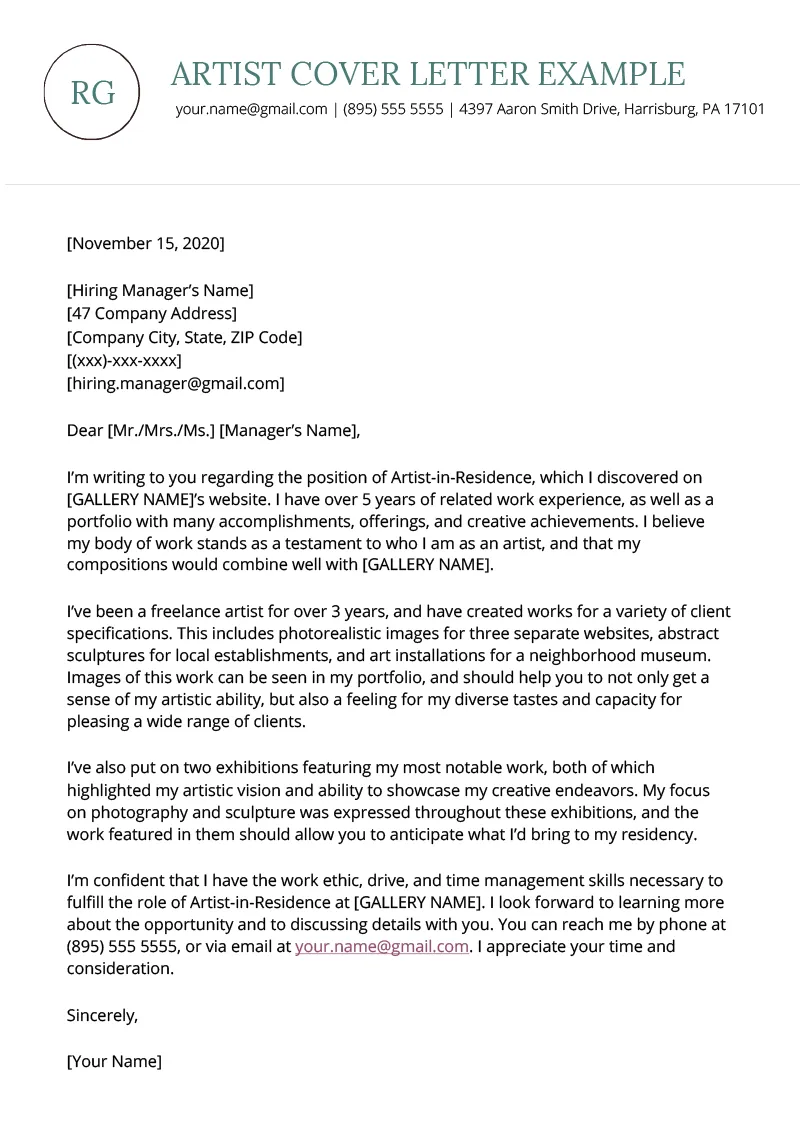
Each cover letter should be unique. Your personality can come through in a well-crafted cover letter, so it can allow you to stand out.
Common Mistakes to Avoid
Avoid common mistakes that can undermine your application. These errors can damage your chances of making a positive impression. It is important to make sure your cover letter is of high quality.
Generic Language
Avoid using generic language that could apply to any candidate. Replace vague phrases with specific examples and quantifiable achievements. Generic language shows a lack of personalization and can make your letter less impactful. Ensure that your letter feels personalized and genuine.
Typos and Grammatical Errors
Carelessly written cover letters containing typos and grammatical errors make a poor impression. Always proofread your letter meticulously. Ask someone else to review your letter for any mistakes. Proofreading is important in making sure your cover letter is perfect.
Ignoring Instructions
Carefully read and follow all instructions provided in the job description or opportunity guidelines. Ignoring instructions shows that you lack attention to detail. Not following the directions or requirements can lead to the rejection of your application. Following the instructions demonstrates respect for the process and your ability to follow directions.
Conclusion
Writing a compelling cover letter is a vital step in your job search or application process. By following these guidelines and using the provided samples as inspiration, you can create a cover letter that effectively showcases your skills, experience, and passion for art. Remember to tailor each cover letter to the specific opportunity and carefully proofread your work before submitting it. Your cover letter is a key component of your artist portfolio, so approach it with creativity and diligence.
